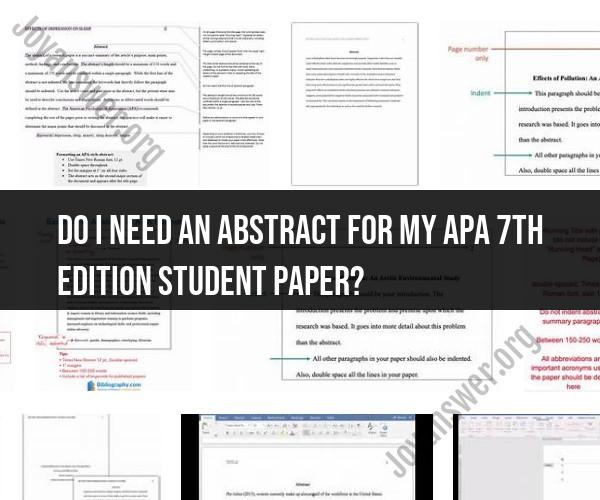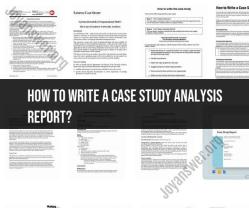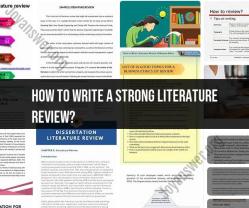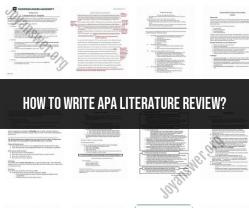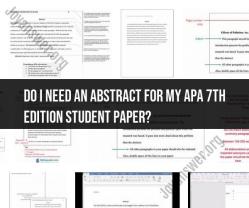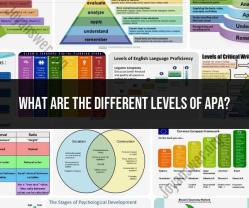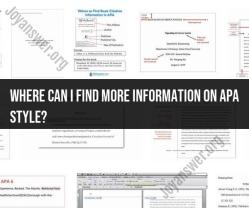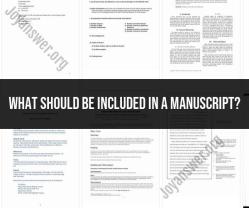Do I need an abstract for my APA 7th edition student paper?
Addressing abstract requirements in APA 7th edition student papers involves creating a concise and informative summary of your research that follows specific formatting guidelines. Here's how to address abstract requirements effectively:
1. Formatting:
- The abstract should be placed on a separate page after the title page.
- It should be centered and labeled with the word "Abstract" (without bold or italics) at the top of the page.
- The abstract should be written in a single paragraph and not indented.
2. Length:
- The abstract should typically be around 150-250 words in length.
- It should provide a concise overview of your research, including key points and findings.
3. Content:
- Start the abstract with a brief sentence that introduces the research topic.
- Summarize the purpose and objectives of your study.
- Mention the research methodology, highlighting important details such as participants, data collection, and analysis methods.
- Present the main findings and conclusions of your research.
- Avoid referencing citations or using direct quotes in the abstract.
- Focus on summarizing the main content rather than providing extensive details.
4. Clarity and Conciseness:
- Use clear and concise language.
- Avoid unnecessary jargon or technical terms that may not be familiar to your audience.
- Use active voice and write in a straightforward manner.
5. Accuracy:
- Ensure that the abstract accurately reflects the content of your paper.
- Avoid making claims or statements that are not supported by your research.
6. Keywords:
- Below the abstract, provide a list of 3-5 keywords or phrases that highlight the main themes or concepts of your research.
- These keywords help readers find your paper through databases and search engines.
7. Proofreading:
- Proofread the abstract carefully to ensure it is free of grammatical errors and typos.
- A well-written and error-free abstract demonstrates professionalism.
8. Finalizing:
- Write the abstract after you have completed the entire paper, as it should accurately summarize your final findings and conclusions.
Remember that the abstract is often the first part of your paper that readers will encounter, so it's important to make it clear, concise, and engaging. It provides a snapshot of your research and helps readers decide whether to read the full paper.
